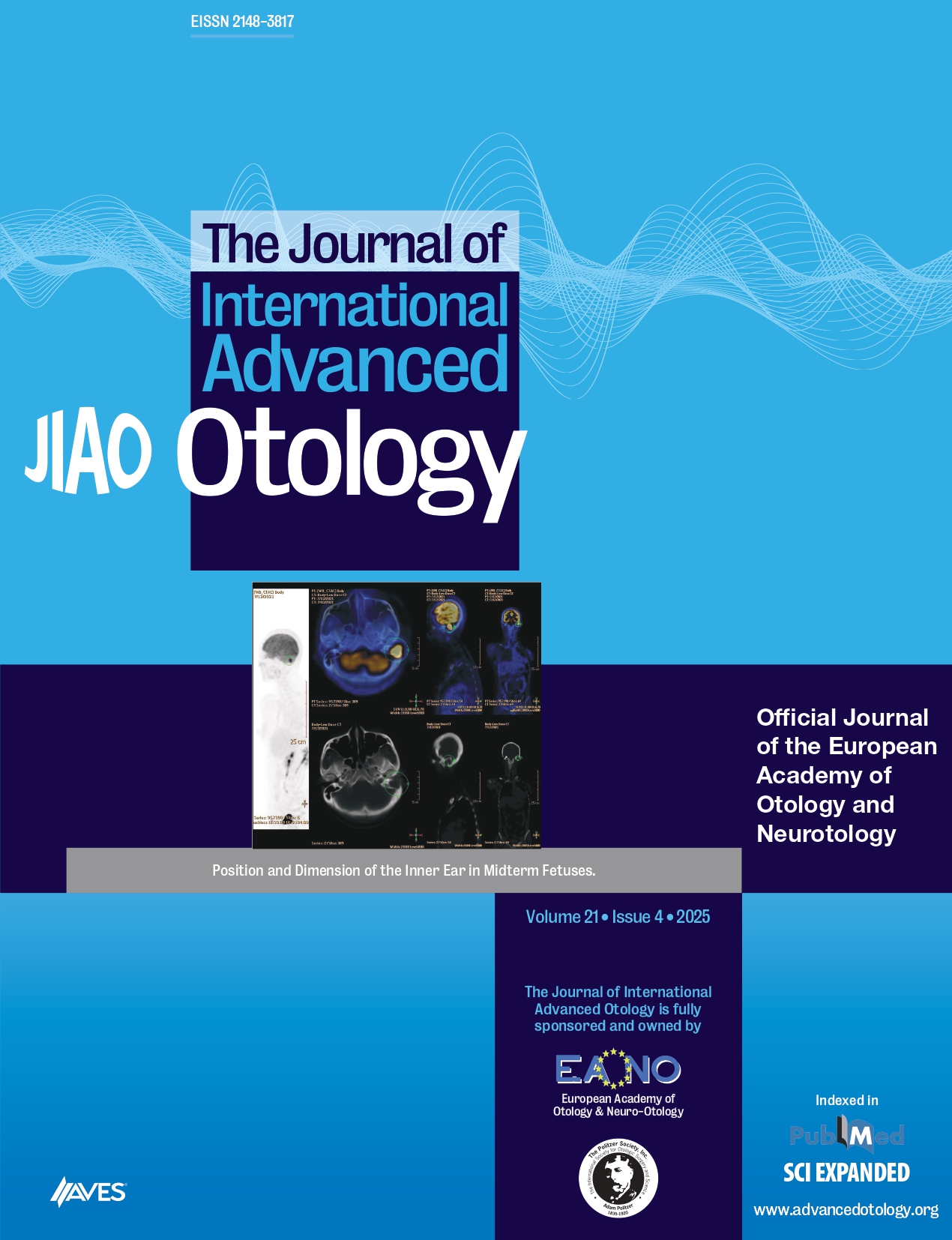The anatomical cause of congenital sensorineural hearing loss can be atresia of the bony cochlear nerve canal (BCNC). It has been reported that the cochlear nerve (CN) can be either hypoplastic or aplastic when the BCNC width is <1.5 mm radioanatomically. It is difficult to estimate the auditory–verbal abilities after cochlear implantation (CI) in patients with a hypoplastic CN. In such cases, it is also challenging to decide on the best treatment modality: CI or auditory brainstem implantation. In this case report, we present a 4-year-old male patient with BCNC atresia and the successful use of a cochlear implant; we also discussed the importance of audiological evaluation. A detailed radiological evaluation must be performed in every case following electrophysiological studies prior to CI. To accurately diagnose the pathology and select the surgical side, both computed tomography and magnetic resonance imaging scans should be used as complementary imaging methods in all CI candidates.
Cite this article as: Tahir E, Çiçek Çınar B, Özkan HB, Yaralı M, Böke B, Sennaroğlu L. Successful Use of a Cochlear Implant in a Patient with Bony Cochlear Nerve Canal Atresia. J Int Adv Otol 2020; 16(2): 271-3.



.png)
.png)